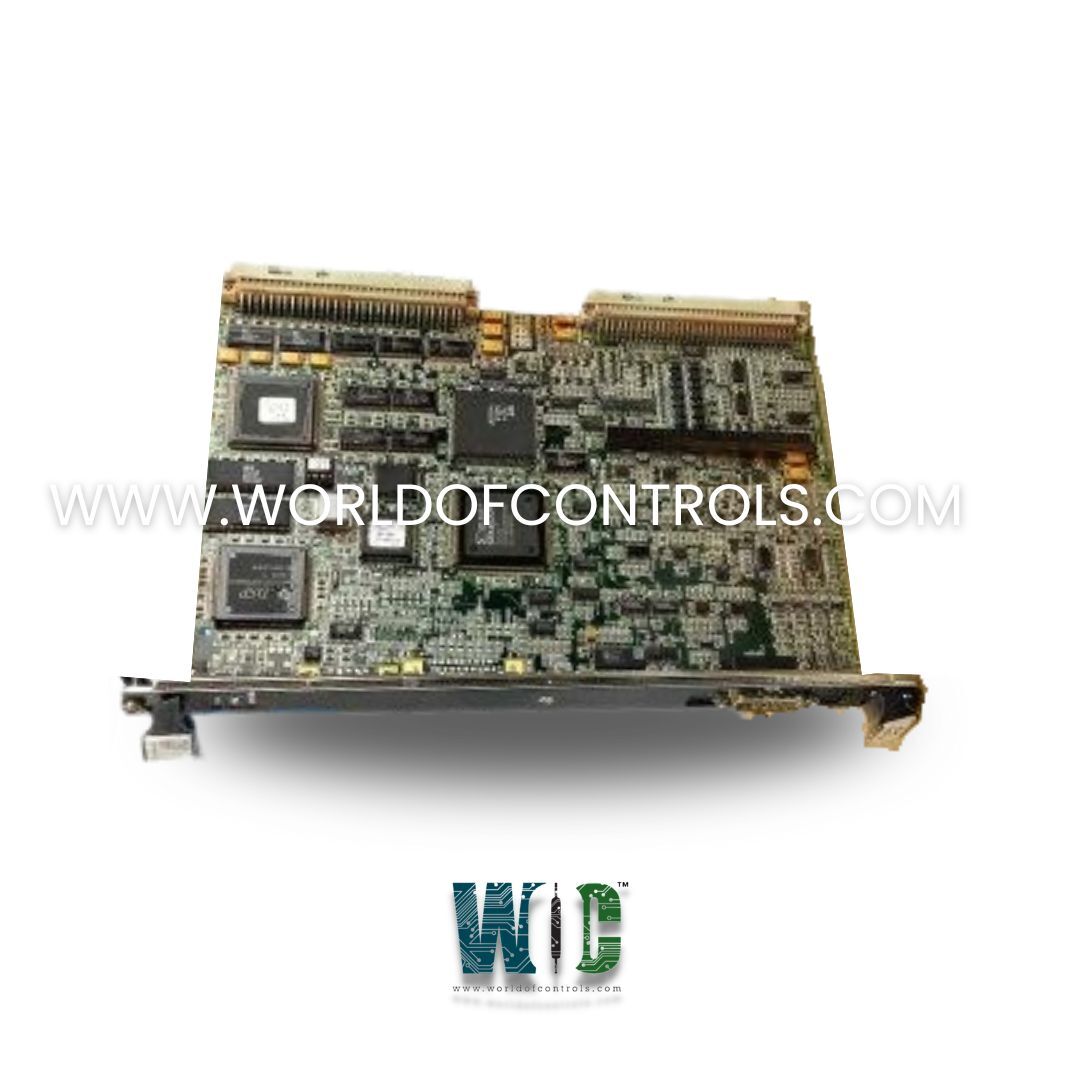
World Of Controls understands the criticality of your requirement and works towards reducing the lead time as much as possible.
IS200VTURH1A - Turbine Primary Trip Board is available in stock which ships the same day.
IS200VTURH1A - Turbine Primary Trip Board comes in UNUSED as well as REBUILT condition.
To avail our best deals for IS200VTURH1A - Turbine Primary Trip Board, contact us and we will get back to you within 24 hours.
Part No.: IS200VTURH1A
Manufacturer: General Electric
Country of Manufacture: United States of America (USA)
Size: 33.0 cm high x 17.8 cm wide
Technology: Surface mount
Temperature: -30 to 65oC
Product Type: Turbine Primary Trip Board
Availability: In Stock
Series: Mark VI
IS200VTURH1A is a turbine primary trip board developed by GE. It is a part of Mark VI control system. The turbine control board VTUR, is a multifunctional component essential for the safe and efficient operation of turbines. By overseeing turbine speed measurement, synchronization, electrical monitoring, flame detection, and overspeed trip control, VTUR plays a pivotal role in ensuring operational integrity and safety in turbine systems.
One of the primary functions of the VTUR board is to continuously measure turbine speed using four passive pulse rate devices. These sensors detect the rotational frequency of the turbine shaft and convert it into electronic signals that are transmitted to the control system. The high-resolution data collected allows the system to accurately calculate real-time turbine speed, which is vital for performance monitoring and protection.
From this speed data, the VTUR board generates the primary overspeed trip signal, an essential safety mechanism that prevents the turbine from exceeding its design speed limits. Overspeed conditions can lead to severe mechanical failures, component stress, or catastrophic turbine damage. The board processes the input from the speed sensors, compares it with the pre-set overspeed thresholds, and immediately initiates a trip command when limits are breached. This rapid and automatic response ensures turbine safety, system stability, and operator protection.
The VTUR board plays a crucial role in generator synchronization, a process that matches the turbine generator’s electrical output with the power grid’s voltage, frequency, and phase before connection. Using advanced synchronization algorithms and precise electrical measurements, the VTUR ensures that the generator aligns perfectly with grid conditions to avoid transients, current surges, or phase mismatches.
Once synchronization criteria are met, the board automatically commands the main breaker closure, seamlessly connecting the turbine generator to the power grid. This automated control minimizes human intervention, reduces synchronization time, and improves operational reliability. The smooth transition achieved by the VTUR board helps maintain grid stability, enhances power quality, and supports efficient turbine operation during load transitions and grid connection phases.
The board also includes dedicated circuitry for monitoring induced shaft voltage and current, parameters critical to the electrical integrity of the turbine-generator system. These measurements provide early indicators of potential issues such as shaft grounding faults, bearing insulation degradation, or electrical discharge damage.
Continuous monitoring allows the control system to detect and diagnose abnormal electrical conditions before they cause significant equipment wear or downtime. By providing real-time diagnostic feedback, the VTUR board supports predictive maintenance, enhances operational reliability, and extends turbine lifespan.
In gas turbine applications, combustion safety is paramount. The VTUR board is designed to interface with eight Geiger-Muller (GM) flame detectors via the TRPG terminal board. These detectors operate using an external power supply of 335 V DC at 0.5 mA, which enables the detection of ultraviolet (UV) emissions from the turbine flame.
The VTUR continuously monitors these detectors to ensure proper combustion within the turbine’s chambers. If any detector indicates flame instability or loss, the board communicates the condition to the control system, triggering alarms or protective shutdowns as required. This functionality provides a vital layer of fire and explosion prevention, safeguarding both personnel and equipment.
The VTUR board also manages three primary overspeed trip relays, which are located on the TRPG terminal board. These relays form the final link in the overspeed protection chain. Upon detecting an overspeed condition, the VTUR generates and transmits a trip signal to the TRPG board, which then energizes the Electrical Trip Devices (ETDs).
The ETDs actuate the turbine’s trip valves, effectively cutting off steam or fuel supply to the turbine and ensuring a rapid and controlled shutdown. This precise coordination between VTUR and TRPG minimizes reaction time, reduces mechanical stress during shutdown, and guarantees system safety even under extreme conditions.
The WOC team is always available to help you with your Mark VI requirements. For more information, please contact WOC.
What is IS200VTURH1A?
It is a Turbine Primary Trip Board developed by GE under the Mark VI series.
Where is the normal primary overspeed trip calculated?
The normal primary overspeed trip is calculated within the controller.
How is the overspeed trip signal transmitted?
Once calculated, the overspeed trip signal is transmitted to the VTUR (Turbine Control Board).
What is the role of TRPx terminal boards?
TRPx terminal boards contain relays designed for interfacing with Electrical Trip Devices (ETDs).
How do boards typically operate?
TRPx boards typically operate in conjunction with an emergency trip board (TREG) to establish both primary and emergency sides of the interface to the ETDs.
How many ETDs can PTUR support from each TRPx/TREx combination?
PTUR (Turbine Primary Trip) supports up to three ETDs driven from each TRPx/TREx combination.